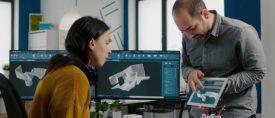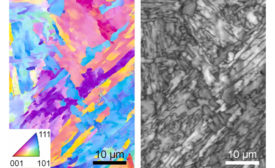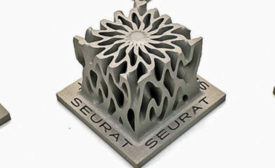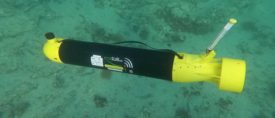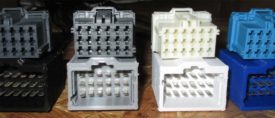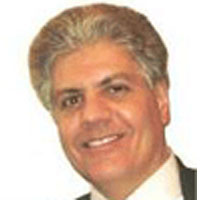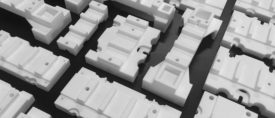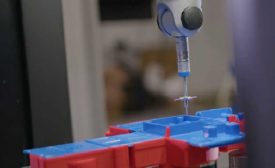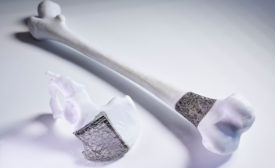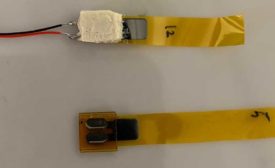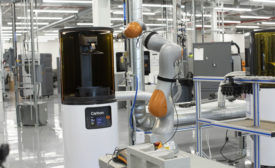Home » additive manufacturing
Articles Tagged with ''additive manufacturing''
Here are the most common pitfalls when designing parts for additive manufacturing.
Read More
Design for Additive Manufacturing, Part 2
Design for additive manufacturing requires a different approach than that for conventional processes.
November 9, 2022
3D Printing and Wire Harness Assembly
Harness assemblers are using additive manufacturing to make custom connectors and assembly fixtures.
October 18, 2022
Design for Additive Manufacturing
Additive manufacturing changed how engineers designed products.
October 4, 2022
Never miss the latest news and trends driving the manufacturing industry
Stay in the know on the latest assembly trends.
JOIN TODAY!Copyright ©2025. All Rights Reserved BNP Media.
Design, CMS, Hosting & Web Development :: ePublishing
